In the first chaotic weeks after 9/11, two Americans walked into a 19th-century Afghan fortress with nothing but a translator, a notebook, and the kind of quiet confidence you get from hard jobs and worse timing.
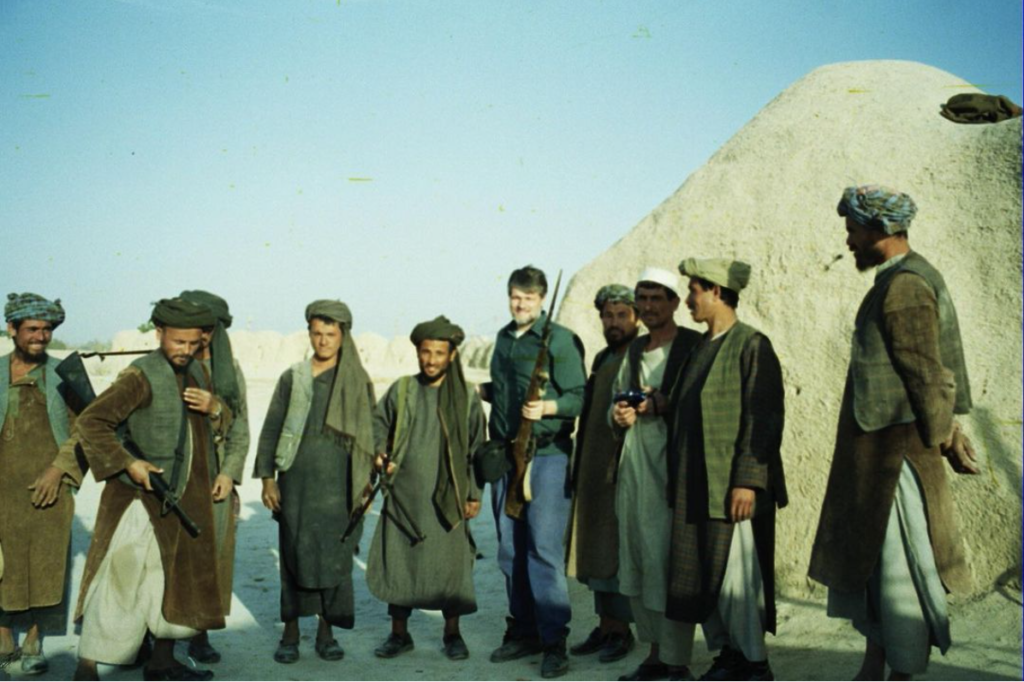
Qala-i-Jangi Becomes the Center of a Deadly Encounter
The place was Qala-i-Jangi, a sprawling mud-brick stronghold outside Mazar-i-Sharif where hundreds of Taliban and al-Qaeda fighters had just “surrendered” to the Northern Alliance. And those Americans were CIA officers Johnny “Mike” Spann and David Tyson.
What started as a routine sort-and-question session turned into a six-day brawl that set the tone for the next 20 years of war to come.

The plan on November 25, 2001, was simple on paper: figure out who mattered among the newly captured fighters. Spann—a former Marine turned CIA paramilitary—worked the courtyard, asking the right questions in the wrong neighborhood. Tyson, a case officer with a linguist’s ear and an Uzbek Rolodex, moved through the mass of prisoners listening for cracks in cover stories.
One quiet foreign fighter claimed to be Irish, which was cute until he turned out to be John Walker Lindh, an American who’d joined the Taliban. But that wasn’t the most significant issue they’d face; they just didn’t know it yet. It turns out that many of the prisoners had never been properly searched. Grenades hid under clothes and discipline. “Surrendered” turned out to mean “waiting.” Spann and Tyson were about to find out the hard way.
The Battle of Qala-i-Jangi Erupts in Chaos and Heroism
The explosion of violence was fast and ugly. Hidden grenades came out, pins off, and the courtyard became a blender. Spann fought like the Marine he’d been, buying seconds with rifle and pistol while Northern Alliance guards scrambled for cover and footing. He was overwhelmed and killed in the opening minutes—the first American combat death of the post-9/11 war.
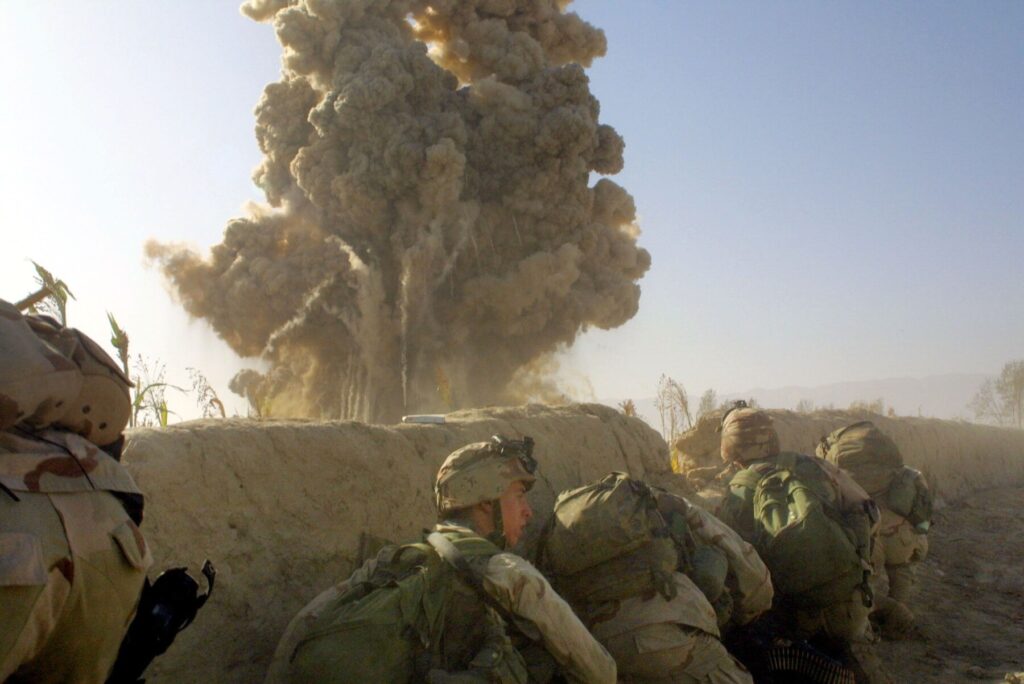
Tyson, only yards away, did what case officers do when the plan blows up: he survived, adapted, and went back to work. He clawed out of the southern compound, sprinted through fire into the northern half of the fort, and linked up with Alliance fighters who were just realizing their prisoners were now an armed mob with nothing to lose.
Qala-i-Jangi wasn’t designed for modern combat, but it didn’t ask permission or forgiveness. The prisoners tunneled into cellars, especially a building later known as the Pink House, and fought like there was no tomorrow—because there wasn’t.
When Northern Alliance troops counterattacked, they got hammered back by grenades and small arms. British Special Boat Service operators and U.S. Special Forces slid in, and the whole thing escalated into the kind of battle anyone would be lucky to survive. The Army would send in the 10th Mountain Division. The Northern Alliance sent in more fighters and even a T-55 tank.
Qala-i-Jangi Tests Coalition Resolve and Reveals Hard Lessons
Airstrikes inside fortress walls are usually a no-go; here, they were the only move left. From November 25 to December 1, the place transformed from a fortress to a furnace when a Marine Corps F/A-18C Hornet dropped a 2,000-pound JDAM into the compound.
Spann’s last stand wasn’t a footnote. He wasn’t there for glory; he was there to separate zealots from foot soldiers and to yank threads of intelligence out of a knot of hostility. His fight bought Tyson time to live, and Tyson used every second.
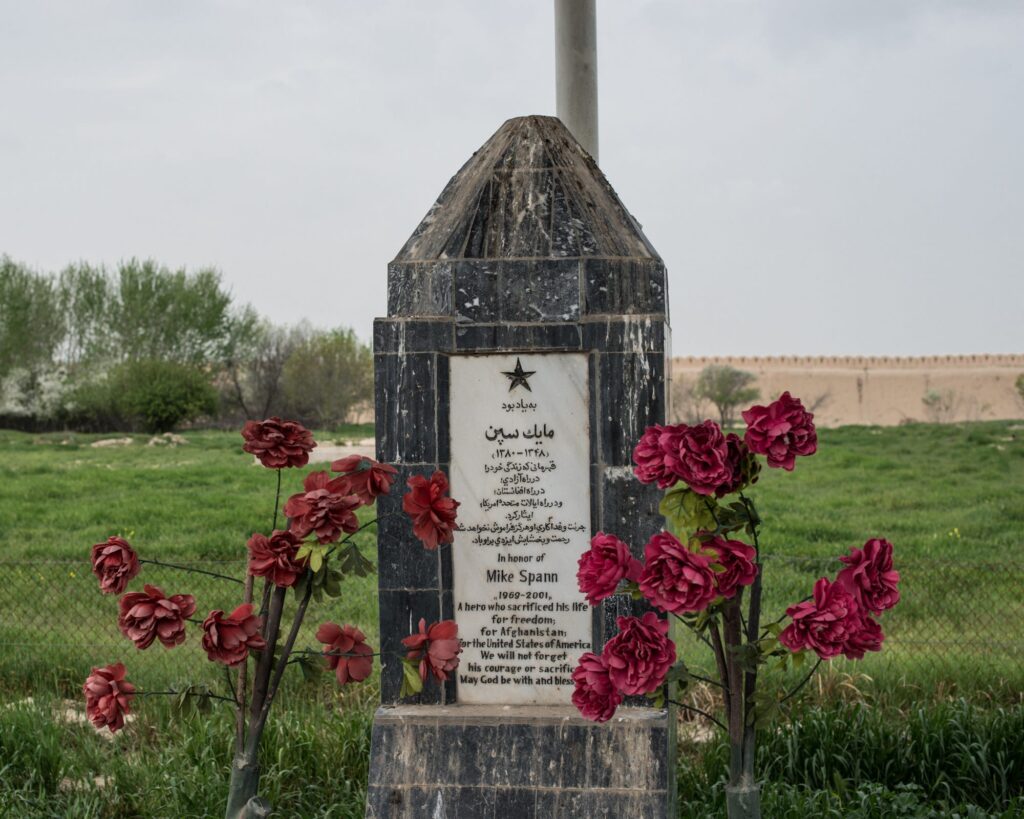
Years later, Tyson’s account isn’t a chest-thump—it reads like a field report edged with adrenaline: sudden grenades, short sightlines, a sprint across open ground that felt a mile long, then the slow, ugly work of clearing a stronghold that had become a tomb. Spann was buried at Arlington National Cemetery and honored for extraordinary heroism. The citation is precise; the reality is simpler. He stood his ground so others could get out.
Qala-i-Jangi Becomes a Blueprint for Modern Warfare
The battle cracked a few comfortable myths in record time. “Rear area” is a map fiction when you’re standing in a courtyard full of armed men. “Control” is a fragile word when the guards are outnumbered and the pat-down never happens. “Surrender” doesn’t mean safe; it means check their pockets.
The coalition response—Afghans in the lead, Americans and Brits plugging in where it counted, jets on speed dial—became a rough draft for the rest of the war. Move fast with local partners. Treat human intelligence like a fuse. Accept that your next fight may be the place you were calmly taking notes ten minutes ago.
By the time the shooting stopped, Qala-i-Jangi was a case study in the new war: intelligence work done under fire; special operators and local allies stitched together in real time; airpower used with surgical brutality in spaces better suited to muskets and sabers. The coalition won because it adapted more quickly than the enemy could capitalize on its surprise.
Coalition forces also learned a valuable lesson the hard way that saved lives later: search every prisoner, every time, with no exceptions and no excuses.
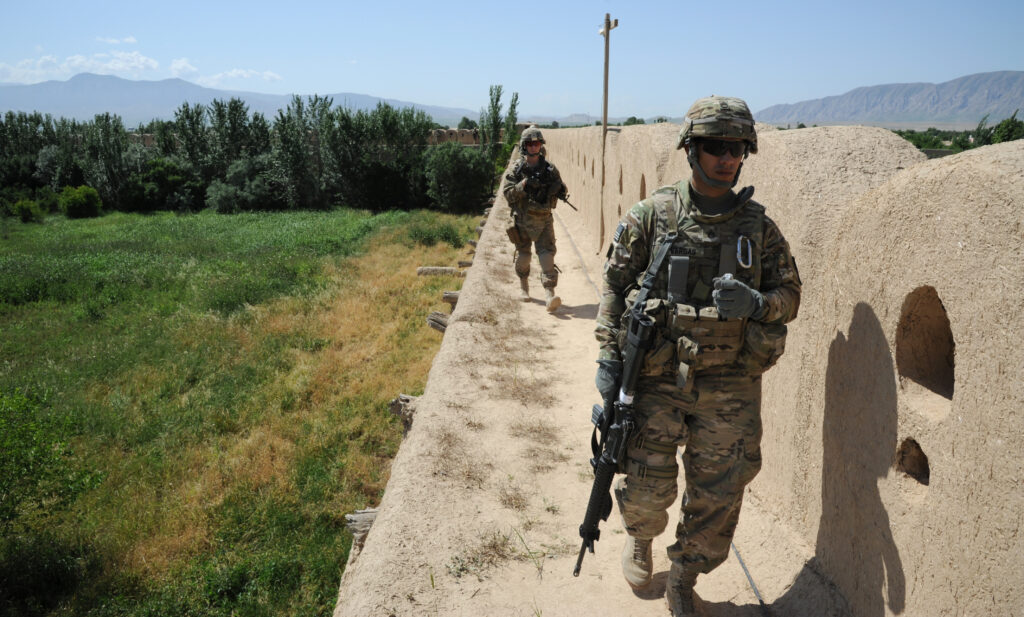
The significance of the fight isn’t just that it was the first big, messy test of the post-9/11 playbook. It compressed the whole conflict into one brutal week—a micro-war with every moving part visible. You saw the strength of local partnerships when they’re respected and resourced. You saw the risk of assuming yesterday’s surrender will behave itself today. You saw what it means when intelligence officers carry rifles, and when the first American to die in a new war is a guy who spent his last minutes doing precisely what he was sent there to do.
Qala-i-Jangi went quiet again after the battle raged, as fortresses normally do. Spann’s name is etched in stone; Tyson’s story slipped back into the files until he finally told it. The walls still stand, sun-baked and indifferent. But for six days in late November 2001, those walls watched the future arrive—loud, improvisational, and lethal. Two Americans walked in to make sense of an enemy order of battle. One never walked out.
Read About Other Military Stories
If you enjoyed learning about the Taliban Prison Revolt of Qala-i-Jangi, we invite you to read the stories of other remarkable soldiers and their heroic deeds on our blog. In addition to our profiles of celebrities who served, we share military book reviews, veterans’ service reflections, famous military units and more on the TogetherWeServed.com blog. If you are a veteran, find your military buddies, view historic boot camp photos, build a printable military service plaque, and more on TogetherWeServed.com today.
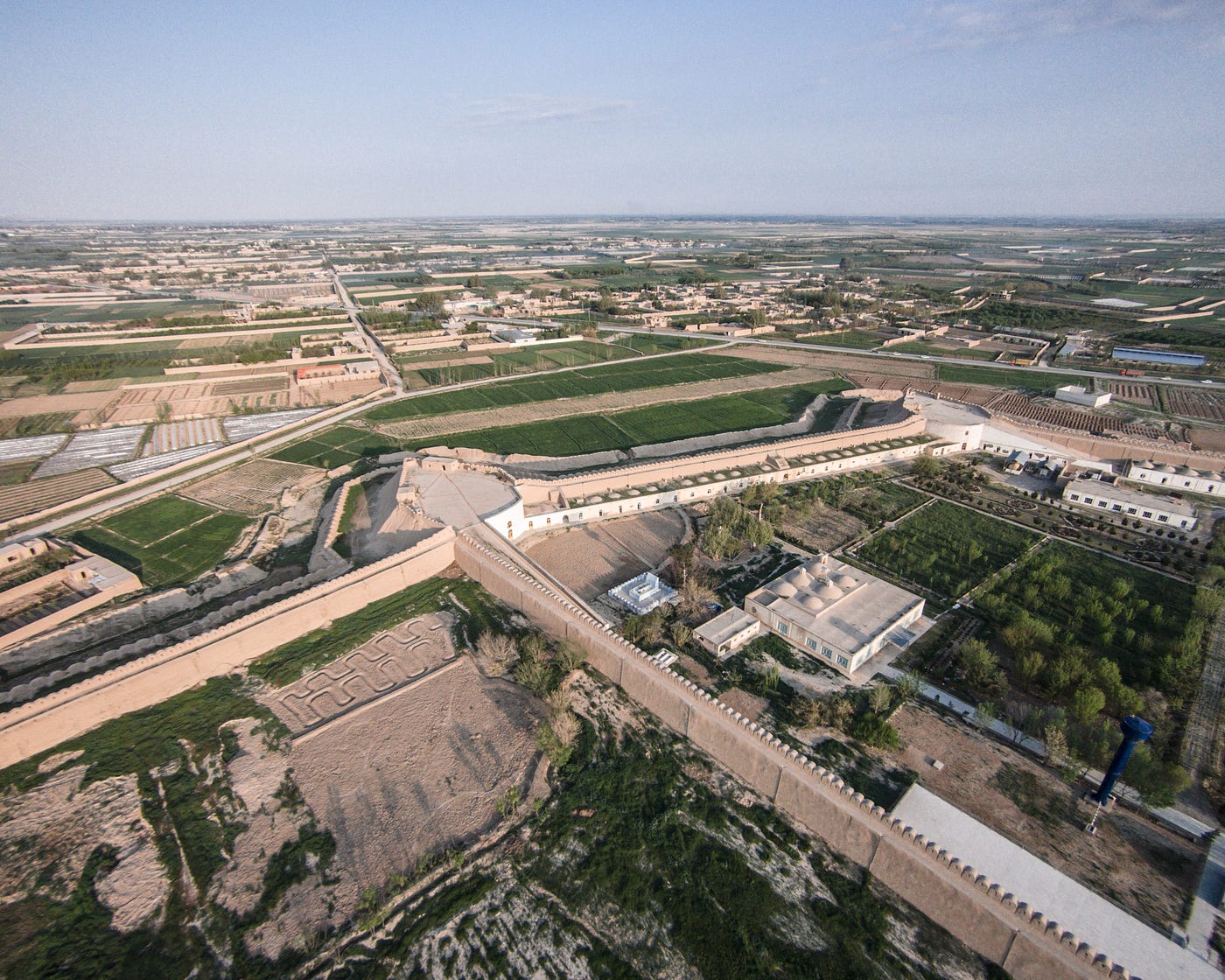
0 Comments